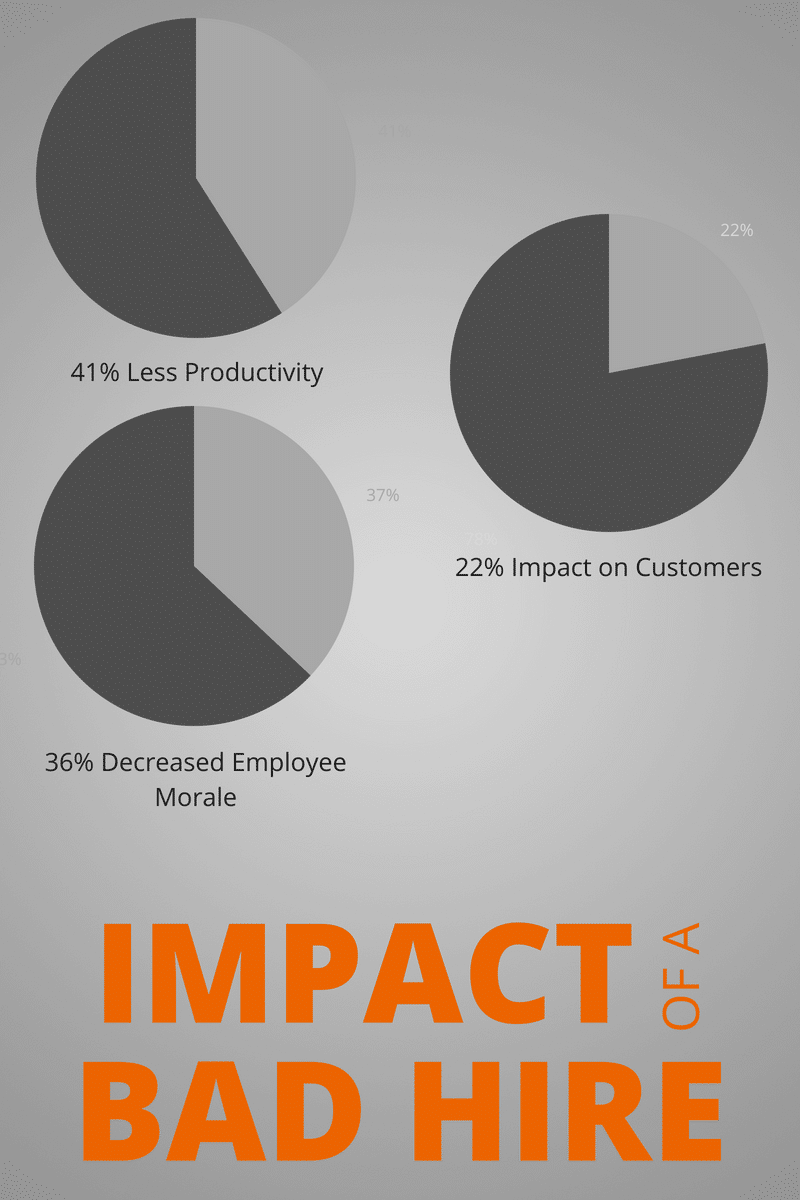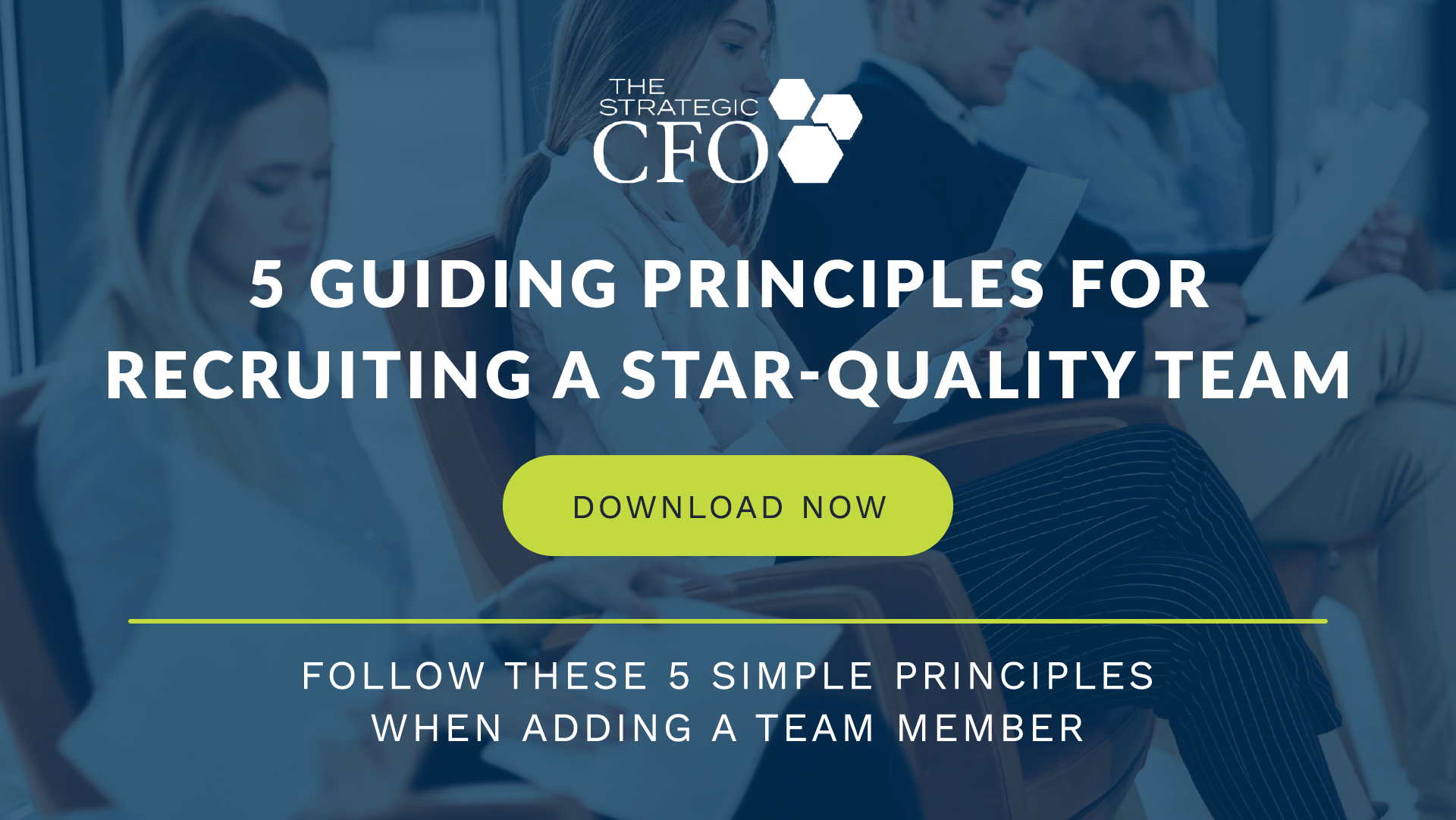It’s hard for companies to realize how much they are actually spending when it comes to hiring a new employee. Once they decide it’s time to pursue a new worker, a lot of resources are used to find the perfect candidate for the job. Finding the perfect candidate within a vast number of people might be very difficult, therefore costing a significant amount of time and money to the company. There are certain steps a company can take in order to minimize these costs. In this blog, we will walk through what the current hiring process costs.
What the Current Hiring Process Costs
Hiring and recruiting a new employee costs the company a lot more than just their salary. Recruitment costs are very often overlooked. Recruiters spend countless number of hours trying to find the perfect candidate for their needs, leading them to go through extensive research on countless number of candidates. This research, however, is not free. Finding the perfect candidate comes with a price. Let’s look at what the current hiring process costs:
Suppose you pay your recruiter $75 an hour and he looks through 100 resumes, each for 20 seconds:
$75 x (20s x 100 Resumes)
Let’s assume that 10% of those applicants now get an interview lasting an average of 1.5 hours:
$75 x (20s x 100 resumes) + (10 x 1.5 hours)
On top of that, lets presume 10% of those interviews make it to a second round:
$75 x [(20s x 100 resumes) + (10 x 1.5 hours) + (1 x 1.5 hours)]
That’s a total of 17 hours and for $75 and hour you ended up paying your recruiter:
17 x $75 = $1,275!
That is not even adding the cost that you spent advertising for the job posting, drug tests, background pre-screenings or assessment tests!
As you can see, hiring a worker is clearly not free, it can come with various unexpected costs that sometimes can go unnoticed. Companies should take proper measures to minimize these costs because as you can see above, each recruiting process can cost a hefty amount.

Impact of a Bad Hire
Even after spending countless amounts of time and money finding the perfect candidate, companies still run the risk of a bad hire. Maybe they needed to fill the job quickly, maybe they didn’t have enough talent intelligence, or maybe it was just an honest mistake. But hiring the wrong person can have significant effects on the company’s performance. Hiring a person that does not provide value to the company can be critical hit to the company’s development. Not only does it waste the company money, but it can also have a negative influence on company culture. Be cautious when it comes to hiring a new employee and take proper measures to properly decide on the best candidate.
Tips to Improve Your Recruiting Process
Once you realize it is time for your company to hire someone, it’s a chore finding the correct person for the job. From the marketing to the interviews, it can be very important how you go about this process. Or you risk missing out on great potential candidates when you do things imperfectly. Here are some tips to improve your recruiting process:
Have an Accurate Job Description
Thoroughly define what exactly are the duties and responsibilities you are looking for and add these to the job description. Make sure they are as clear and accurate as possible. Try to have a job posting that will attract qualified candidates and discourages others. This will help you save a considerable amount of time in the screening process.
Advertise Your Job
Do some research on what type of job posting resources will work the best for your company, whether its posting online, in a school placement office, or through an employment agency. The way you find you candidates can have a remarkable difference on the quality of your applicants.
Compare Applicants
Think of what your ideal candidate will look like. Then, have a strict screening process that would weed out applicants that would not be suitable for your company. After this, rank your remaining candidates in order from most to least suitable. You can also choose to have an assessment test that would measure their abilities in an actual job-like situation.
Show Them Why They Should Work For You
Once you have chosen your ideal candidate, now it’s your turn to sell him on the job. Remember that the strongest candidates will always have more opportunities. Hiring is a two-way street, so make sure you convince your candidate by communicating a strong vision and mission for your business with enthusiasm and sincerity.
Bypass the Current Hiring Process
It’s 2020. The Strategic CFO created Short|LYST due to the current environment and demand. Unemployment is at an all time high due to the global pandemic and many have lost their job. Candidates are faced with the traditional outlets of posting resumes on countless online sites and never getting a response. This is a black hole in most cases…There had to be some revolution to the hiring process, but the only changes in the past couple of decades are search firms, headhunters, and recruiters. That’s why we created Short|LYST. It allows employers to bypass the current hiring process and cut the current hiring process at least in half.
Instead of screening hundreds of candidates, interviewing dozens more, and risking not even finding the right candidate, Short|LYST does that all for you. Our team of experienced HR and financial executives take the financial and time burden off from the employers. All the employer has to do is pick and choose which recommended candidate they want to take forward. Learn more about Short|LYST here.













